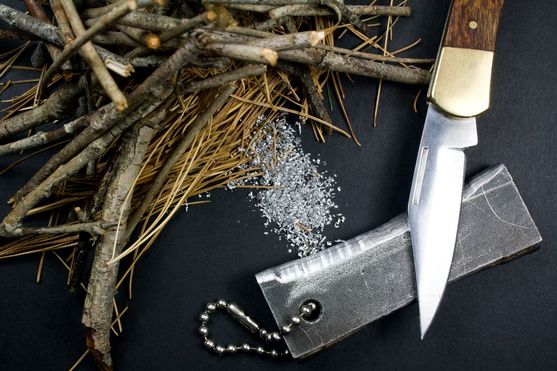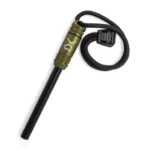In today’s unpredictable world, being prepared for emergencies and disasters is more important than ever. One crucial aspect of emergency preparedness is having a well-stocked emergency kit.
This article will guide you through the process of building a comprehensive emergency kit to help keep you and your loved ones safe during a crisis.
Table of Contents
Why You Need an Emergency Kit
An emergency kit is a collection of essential supplies that can help you survive during an emergency situation, such as a natural disaster, power outage, or evacuation.
Having a properly stocked emergency kit can provide you with the necessary tools and resources to stay safe, healthy, and informed until help arrives or the situation improves.
Types of Emergency Kits
There are several types of emergency kits you should consider building:
- Basic home emergency kit: A comprehensive kit stored in your home, containing supplies to last for at least 72 hours (that’s why they also call it a 72-hour kit).
- Portable “go bag”: A compact, easily accessible kit that you can grab quickly in case of an evacuation.
- Vehicle emergency kit: A kit specifically designed for your car, containing items to help you in case of a breakdown or emergency on the road.
- First aid kit: A separate kit containing essential medical supplies to treat injuries and illnesses.
Building Your Home Emergency Kit
When building your home emergency kit, include the following items:
- Water: Store at least one gallon of water per person per day for a minimum of three days.
- Non-perishable food: Stock up on canned goods, dry mixes, and other shelf-stable foods that do not require cooking or refrigeration.
- Battery-powered or hand crank radio and NOAA Weather Radio: These will help you stay informed about the situation and receive important updates.
- Flashlight and extra batteries: Ensure you have a reliable light source in case of power outages.
- First aid kit: Include bandages, antiseptic wipes, pain relievers, and other essential medical supplies.
- Whistle: A whistle can be used to signal for help if needed.
- Dust mask: A dust mask can help filter out harmful particles in case of air contamination.
- Plastic sheeting and duct tape: These items can be used to create a makeshift shelter or seal off a room.
- Moist towelettes, garbage bags, and ties: These supplies will help maintain sanitation and hygiene.
- Manual can opener: Make sure you have a way to open canned food if there is no power.
- Cell phone with chargers and backup battery: Keep your communication devices charged and ready.
Remember to include additional supplies based on your family’s specific needs, such as medications, baby supplies, or pet food.
Assembling a Portable “Go Bag”
A “go bag” should be easily accessible and contain essential items in case you need to evacuate quickly. Use a backpack or an easy-to-carry container and include the following:
- Copies of important documents in a waterproof container
- Extra cash and change
- Emergency blanket
- Map(s) of the area
- Extra set of car and house keys
Vehicle Emergency Kit Essentials
When building your vehicle emergency kit, consider including:
- Jumper cables
- Flares or reflective triangle
- Ice scraper
- Car cell phone charger
- Blanket
- Cat litter or sand for better tire traction
First Aid Kit Must-Haves
Your first aid kit should include:
- Variety of bandages and gauze pads
- Antiseptic wipes and antibiotic ointment
- Pain relievers and other essential medications
- Tweezers and scissors
- Instant cold compress
- Non-latex gloves
Tip: Check out our First Aid Kit Supplies List, which includes a free PDF download.
Maintaining Your Emergency Kits
Once you have assembled your emergency kits, it is crucial to maintain them regularly. This includes:
- Checking expiration dates and replacing items as needed
- Updating kits as your family’s needs change
- Ensuring everyone in your household knows where the kits are located
Conclusion
Building a comprehensive emergency kit is a critical step in ensuring you and your family are prepared for any crisis.
Following the guidelines outlined in this article, you can create a well-stocked home emergency kit, a portable “go bag,” a vehicle emergency kit, and a first aid kit. Remember to maintain your kits regularly and keep them easily accessible. For more information on disaster readiness, consult additional resources from reliable organizations such as the American Red Cross and Ready.gov.
By taking the time to build and maintain your emergency kits, you are investing in the safety and well-being of yourself and your loved ones. Stay prepared, stay informed, and stay safe!







Leave a Reply